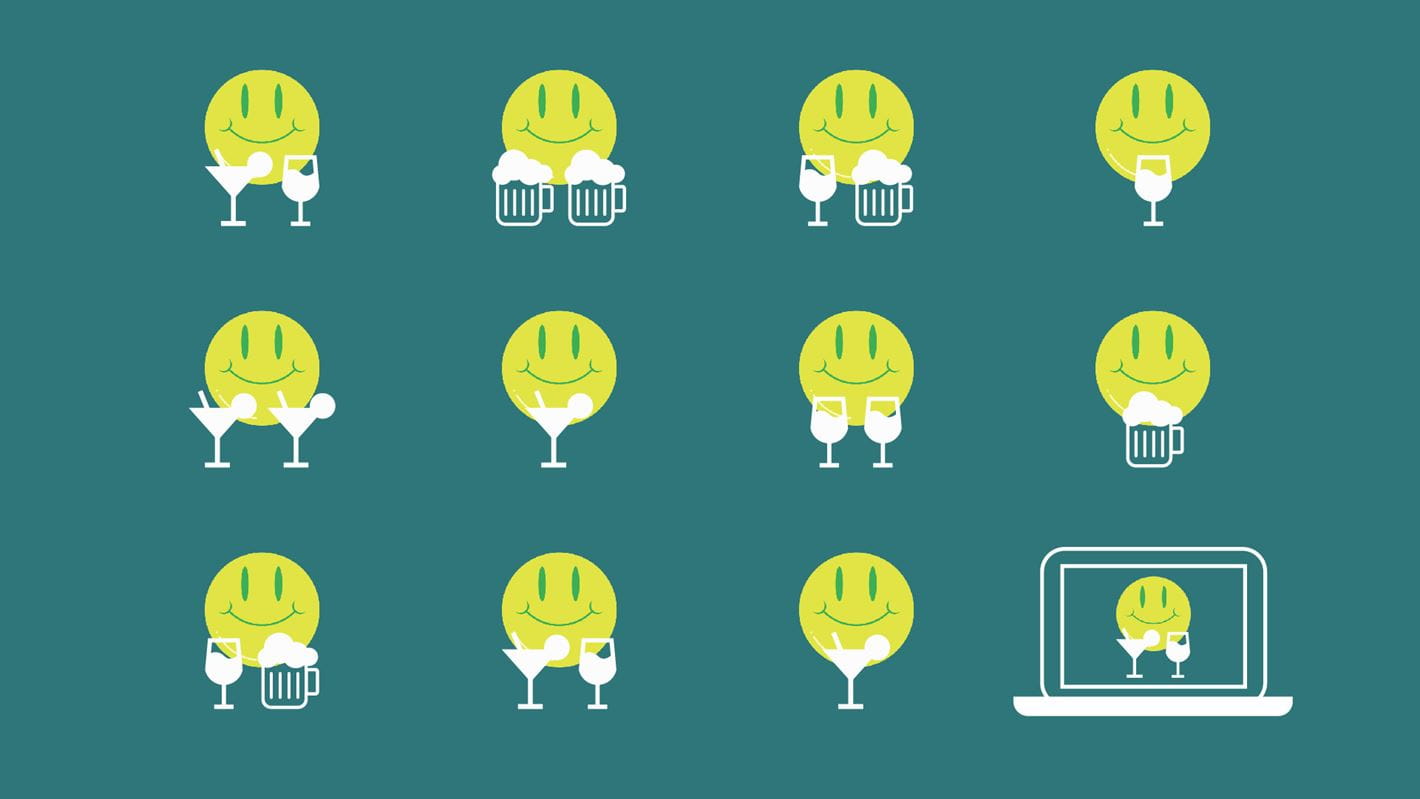On one delightfully warm Seattle evening, Jason Gingold sits at a table with his wife and their two friends with their drinks of choice: a beer, a glass of rosé, and two of Sauvignon Blanc from a label they’re maybe more than a little obsessed with at the moment. The conversation is light, easy. Catching up over drinks is always nice. But this time is different because the Wi-Fi keeps getting snagged and the audio dropped a few times, which puts a dent in the flow of conversation. You know how it goes.
To so many people, this would have seemed like science fiction before March 2020. Now it’s a pretty common occurrence, which is an astonishing rate of change and adaptation. At Sid Lee, this triggered a good deal of thought about how people are making shifts, necessary or not, to their everyday behaviors during this time of social distancing. In conversations with colleagues, we found ourselves taking stock of scenarios like the one described above. How was it that we’d all come to change our social habits so quickly, and without too much deep consideration? Furthermore, we began to think not only of the shifts in public and personal behaviors, but with an end to this quarantine nowhere in sight, we wondered what that would mean for the multi-trillion-dollar alcoholic beverage market as an industry.
Clearly, what used to be an off- AND on-premise business was now wholly off-premise, and what used to be all about public socializing has become a lot more intimate and solitary. In addition to Zoom happy hours, we’ve noticed and noted new behaviors in how, why, and when people get together over drinks, as well as where and which categories and brands of alcoholic beverages were being purchased. Some of these occasions will be temporary and disappear when local policies relax regarding gatherings again. But some will undoubtedly stick, like a breakthrough of ritual, value, and personal satisfaction that feels like it should have been in our lives all along but until quarantine created the need for reassessment, we just never knew it. We had questions. We had examples. We had hypotheses. And we decided we needed data to help make sense of the role of behavior, brands, products, and opportunities in this new normal.
Sid Lee has a symbiotic relationship with Concentric, a predictive analytics company based in Cambridge, MA, and together we set out to better understand the deceptively simple question, “What is the new normal for at-home drinking occasions?”
In partnership with Concentric, we built a “digital twin” of the U.S. marketplace; a concrete forecast built on a set of definitive inputs (industry sales data, marketing spend, distribution data, social listening, etc.). We formulated a hypothesis, outlined provocative scenarios, and ran the simulation.
Our findings genuinely surprised us. And while we aren’t giving everything away here, we hope that what follows might stir insightful conversations within your organization, or better yet, help some of you to better weather this particularly tricky chapter in history.
All hail the $80-billion-dollar industry of New Sobriety
The biggest and most surprising new behavior of the pandemic is people choosing to “do nothing,” meaning to stop drinking altogether. Taken into context, it is easy to see the seeds of this planted over the past decade, as society has been in pursuit of all forms of wellness. It is understandable that in this moment of quarantined re-evaluation, people might take that a step further and make a decision to abstain from alcohol. But we were certainly not prepared for numbers at this scale and volume.
In fact, those who fit into this “Do Nothing” group stand to put a hole in the alcoholic beverage industry over the next three years, to the tune of nearly $80 billion. That’s right: 80 billion. How the industry responds to this will be interesting to see, as the New Sobriety poses a delicate question: do you encourage people’s choice of teetotaling or push harder on a product they might no longer be interested in?






